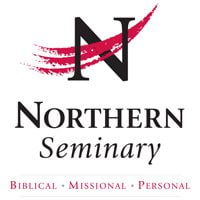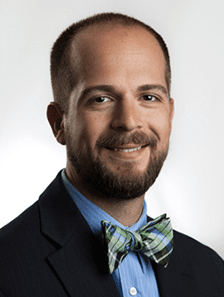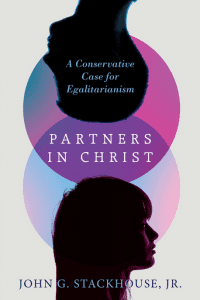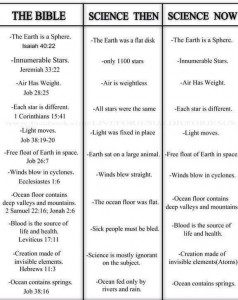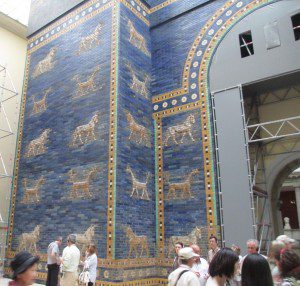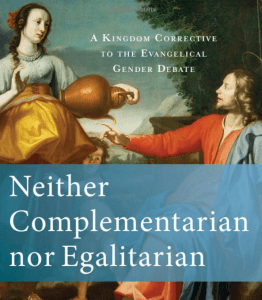 When I saw the title of her book — Neither Complementarian nor Egalitarian: A Kingdom Corrective to the Evangelical Gender Debate — and then saw that Craig Blomberg wrote a foreword and Lynn Cohick the afterword I had an odd response: “Sure, let’s see if there can be a Third Way approach.” Then the term “kingdom” caught my attention — not knowing how the author, Michelle Lee-Barnewall, might define “kingdom” — and the word “corrective” even more, so she had me and I wanted to see where this approach might take us.
When I saw the title of her book — Neither Complementarian nor Egalitarian: A Kingdom Corrective to the Evangelical Gender Debate — and then saw that Craig Blomberg wrote a foreword and Lynn Cohick the afterword I had an odd response: “Sure, let’s see if there can be a Third Way approach.” Then the term “kingdom” caught my attention — not knowing how the author, Michelle Lee-Barnewall, might define “kingdom” — and the word “corrective” even more, so she had me and I wanted to see where this approach might take us.
With more than plenty of justification, many have said that the complementarianism side has far too often focused on authority (not on the “complements” of genders, which now is better expressed by “mutuality”) while egalitarianism has focused on rights (and that term sounds too much like the liberal ideals flowing out of the French Revolution). Those two terms dominate the debate and have become the politics of gender in the evangelical movement. Simple facts. Not a debate. Yet, more than a few have also wondered aloud if there might be a better way. Which is why I’m interested in Lee-Barnewall’s book.
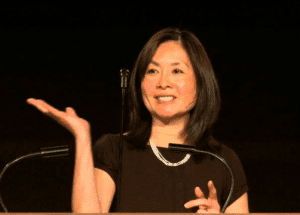 She begins with the cultural context for how Christians have formed this split between complementarians and egalitarians, a culture that she both respects — nothing is a-contextual — and holds up for analysis. Which is to say, both complementarians and egalitarians are riding cultural waves, and it is not easy for folks to admit this about their own views. Here is a brief summary:
She begins with the cultural context for how Christians have formed this split between complementarians and egalitarians, a culture that she both respects — nothing is a-contextual — and holds up for analysis. Which is to say, both complementarians and egalitarians are riding cultural waves, and it is not easy for folks to admit this about their own views. Here is a brief summary:
(1) the mid-nineteenth century to the turn of the twentieth century, a period dominated by the Victorian ideal of womanhood but one that also produced the first evangelical feminist movement as evangelical women played a major public role in social reform; (2) the post-World War II era of the 1940s-1950s, which saw a reversal in evangelical openness to women’s public ministry and was characterized in large part by a definition of ideal womanhood in terms of marriage and motherhood that reflected to some degree a return to the Victorian model but in a greater sense the home-oriented culture of postwar America; (3) the 1970s, which saw the rise of egalitarianism, the second evangelical feminist movement, which differed from the previous one in its stress on individual “rights” over women’s roles in larger social issues (18).
She examines each and shows that the view of women (and men) that flows from each rides on each. Her conclusion:
At the turn of the century, the importance of male authority waned as concerns for the moral good of society and the salvation of the world propelled women to the forefront of the very public arenas of social reform and missions. In the post-World War II period, as part of a homebound and peace-desiring nation, evangelicals emphasized a gendered order based strongly on male leadership centered on the nuclear family and the individual household. In the 1960s and 1970s, heightened concerns about justice and civil rights created a fertile environment for egalitarians to challenge this situation and advocate for equal rights (64).
How does this one paragraph sketch locate “complementarianism” and “egalitarianism”? Is it accurate to say the former is a 1950s ideal and the latter a 1970s ideal?
She continues:
When larger concerns such as evangelizing the world and reforming society took hold, women faced less opposition to their leadership in these corporate matters. When the country was no longer consumed by these greater concerns, evangelicals turned to the family as a source of identity and paid more attention to the structure of the home. On the other hand, while the argument for equal rights appeared early on, it did not take hold until the broader culture provided an environment in which its more individualistic concerns could be accepted.
Again, the theme of individualism brings clarity:
Rising individualism in America seemed to play a dominant role in these changing values. When America was occupied with more corporate concerns, such as global evangelism and social reform, evangelicals paid less attention to a gendered order. Belief in male authority never disappeared but was less relevant in the everyday lives of evangelicals more consumed with changing the world for the better. As Americans turned inward and desired peace and security, evangelicals also looked to the immediate family for their identity and sought individual fulfillment there. As the trend toward individualism and self-fulfillment continued, a growing concern for individual rights took root, and the individual superseded the family as the locus of identity.
One more theme, this time the family:
At the turn of the century, the woman’s domain was not merely her immediate household but the entire world, reflecting the corporate assumptions and values of the period. The duty of the church and the women (and men) within it was to exert a positive Christian influence on the world. In the 1950s the household was that of the immediate family, and the priorities of its inhabitants likewise centered on this limited sphere. In this period the church was not so much the instrument to bring Christian good into the world, but rather it existed to serve its members. In the 1970s the home became something from which women needed to be freed so that each woman could take her rightful place in the world and not be limited to the confinement of domestic duties (64-65).
Lee-Barnewall’s book illustrates — and she is well aware of this — the absence of minority voices in this discussion. History tells the story that “evangelicalism” as movement is largely male, white, middle-class Americans with leaders who are mostly educated. When Pamela Cochran tells her story of the evangelical feminism (Evangelical Feminism: A History), the absence of African American women, Asian women, and Latin American women is noticeable. Why? I would turn this around to say it is not an absence of the women in the discussion but that evangelicalism does not embrace them. Each of these female voices most likely belongs to another segment of the church, and that means evangelicalism needs to quit pretending it speaks for all segments of what might be called evangelical orthodoxy. Molly Worthen’s book Apostles of Reason made this abundantly clear: evangelicalism is bigger than the “reformed” segment thought that segment seems both to think it is the voice and has the institutional power to (think it can) speak for the movement. One wonders what would happen to the gender discussion if each of these voices is brought to the table: I suspect there would be some major adjustments.
One of the great themes coming out of Pamela Cochran’s concern with substantively the same subject is hermeneutics, and I could wish Lee-Barnewall had broached that topic more forcefully in her cultural analysis.

